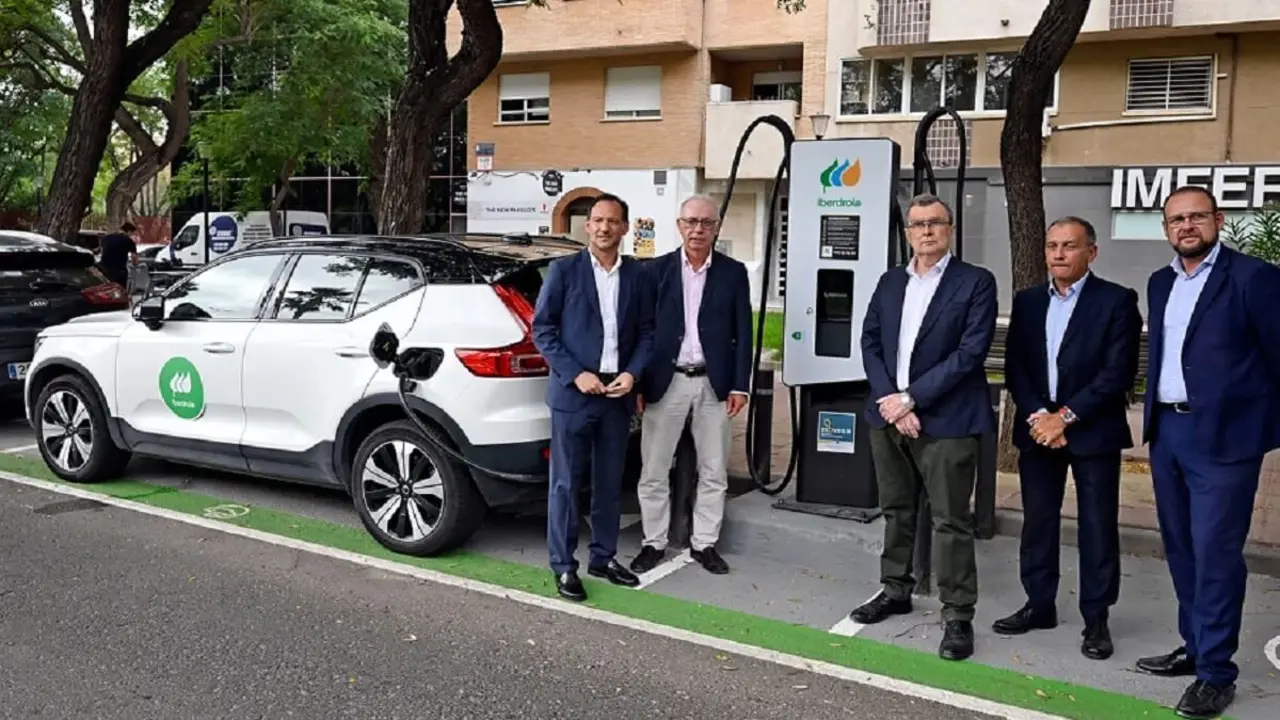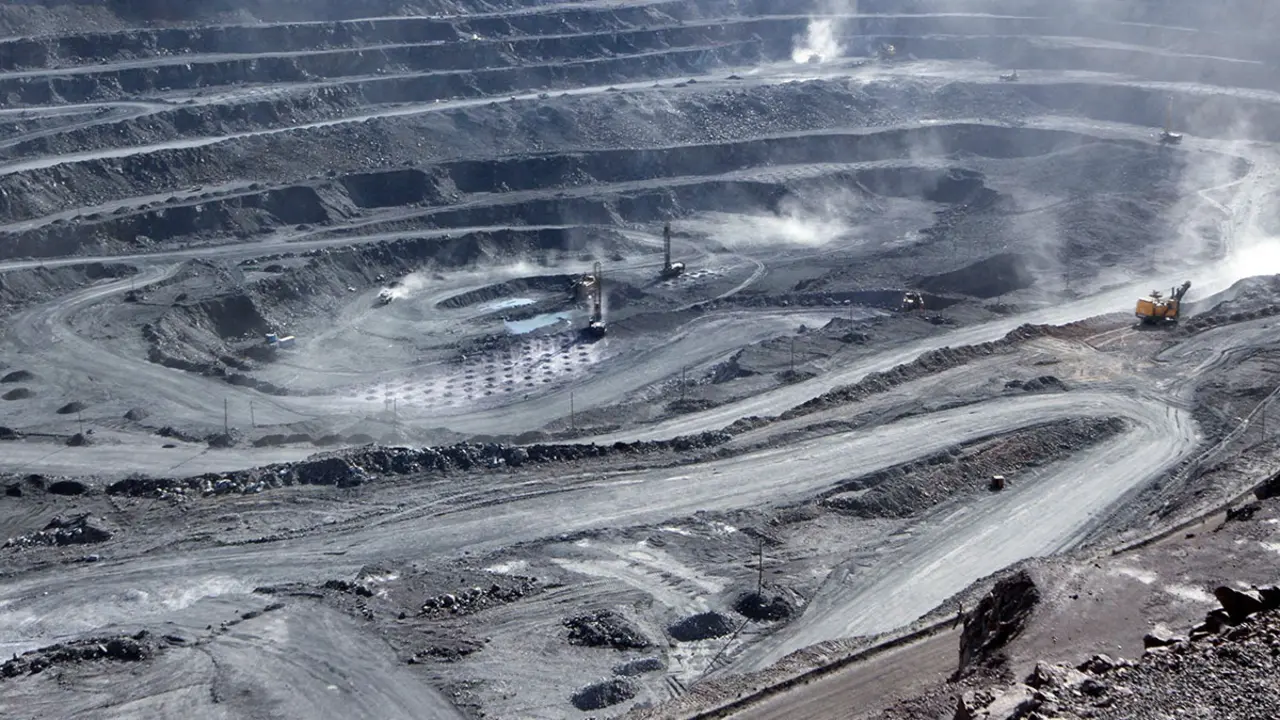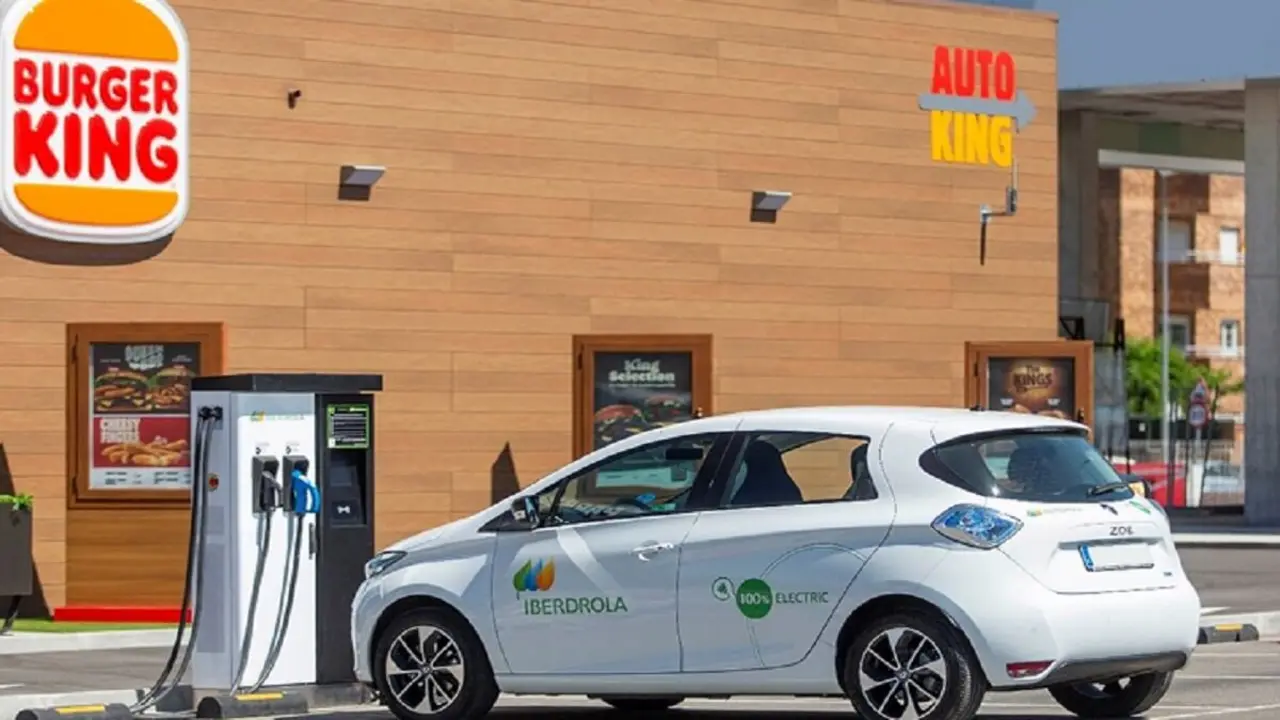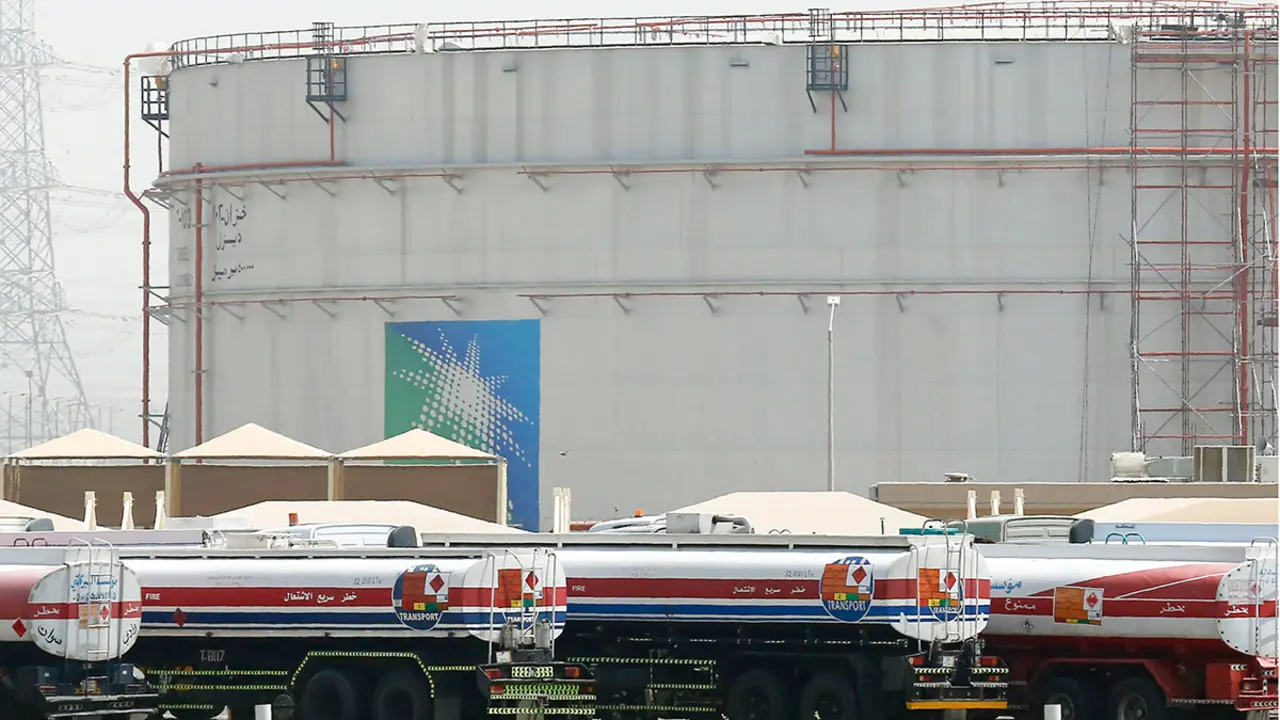Iberdrola connects the first wind turbines of the Saint-Brieuc offshore wind farm to the electricity grid

Iberdrola has connected the Saint-Brieuc offshore wind farm it is building in the waters off Brittany to the French grid: the first large-scale offshore wind project in Brittany and the second in France to produce clean energy.
After the test phase, the first wind turbines started supplying clean electricity on 5 July. The turbines will gradually be connected to the grid until all 62 wind turbines in the park are commissioned.
The electricity produced is collected by the electrical substation located at the centre of the wind farm, and then transported by two 225 kV submarine cables to the Caroual beach in Erquy. Finally, the electricity is fed into the grid via the Doberie substation in Hénansal (Côtes-d'Armor).
"It is a great satisfaction that the first wind turbines of the wind farm have started to produce energy. This is a symbolic step after 12 years of efforts to complete this gigantic project, which contributes both to Brittany's energy sovereignty and to the energy transition, a key element in the battle against climate change," said Emmanuel Rollin, CEO of Iberdrola France.
With an investment of 2.4 billion euros, the total capacity of the park will be 496 megawatts (MW) divided between 62 turbines of 8 MW each. When fully operational, Saint-Brieuc will produce 1,820 gigawatt hours (GWh) per year, enough to cover the energy needs of 835,000 people (including heating), which is equivalent to a population larger than the city of Valencia or almost as large as that of Marseille.
In this way, the territory of Côtes-d'Armor (600,000 inhabitants) will become a positive energy municipality, producing more energy than it consumes in its domestic part. In total, the installation covers 9% of Brittany's annual electricity consumption.
The park is being built in collaboration with the French companies RES and Caisse des Dépôts, both belonging to the Ailes Marines consortium, owned by Iberdrola following the acquisition of all its shares.
BOOSTING THE SPANISH ECONOMY
The project has a strong Spanish stamp. The jackets - the platforms that support the offshore wind turbines - and the piles have been built and assembled by Navantia-Windar in Fene (A Coruña) and Avilés (Asturias). More than 15 Spanish companies have participated in the 350 million euro contract, which has had a major knock-on effect, creating more than 2,000 direct jobs and thousands of indirect jobs.
Siemens - Gamesa also manufactured the turbines. The turbines, each 207 metres high, are equipped with state-of-the-art technology and their blades, which are almost 82 metres long, offer a swept area 18% greater than the previous model and a 20% improvement in annual energy production compared to their predecessor.
LEADER IN OFFSHORE WIND
The start-up of Saint-Brieuc reinforces the group's leadership position in offshore wind, a technology to which it will allocate 46%, the largest percentage of the investment planned in its 2023-2025 strategic plan, followed by onshore wind, with 25%, and solar, with 24%.
The plan envisages record investments of 47 billion euros, of which 17 billion will be allocated to the renewables business. Iberdrola is the world leader in renewable energies, with 40,344 MW of green electricity in operation after the first quarter of 2023.
Within Iberdrola's renewables portfolio, offshore wind is the second most important technology. The company has committed to new growth platforms with great potential, such as Poland, Sweden, Ireland, the United States, Brazil, the Philippines and Japan, which has enabled it to currently have an offshore wind portfolio of more than 30 GW. In this way, the company is assured of fulfilling its plan by 2025, when it will reach 3,100 MW in operation.
In addition to Saint-Brieuc, the company's most noteworthy projects include the East Anglia Hub complex in the United Kingdom, which contains three projects with a total installed capacity of 2,900 MW, Vineyard Wind in the United States, and its three wind farms in Baltic waters: Wikinger, Baltic Eagle and Windanker.








